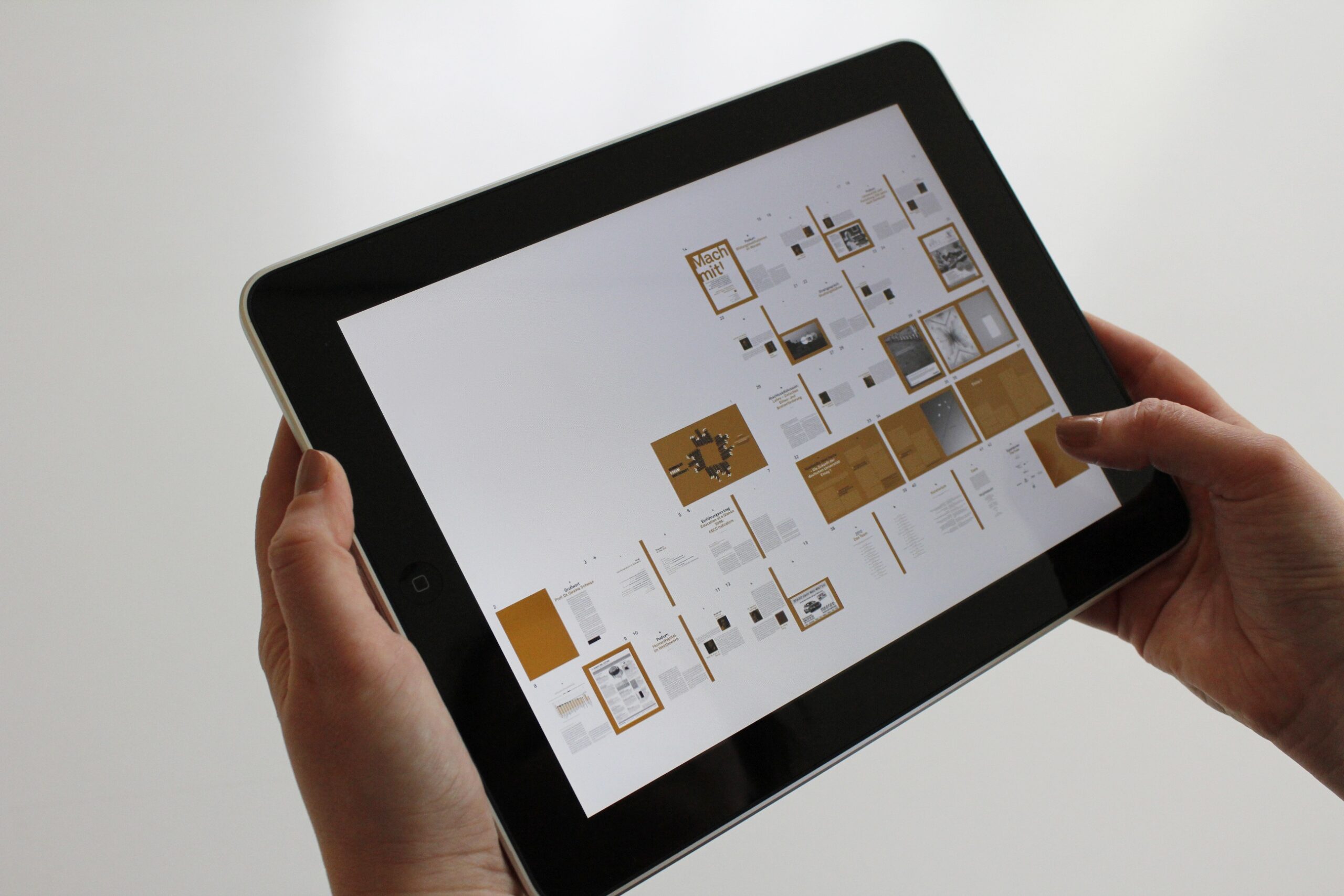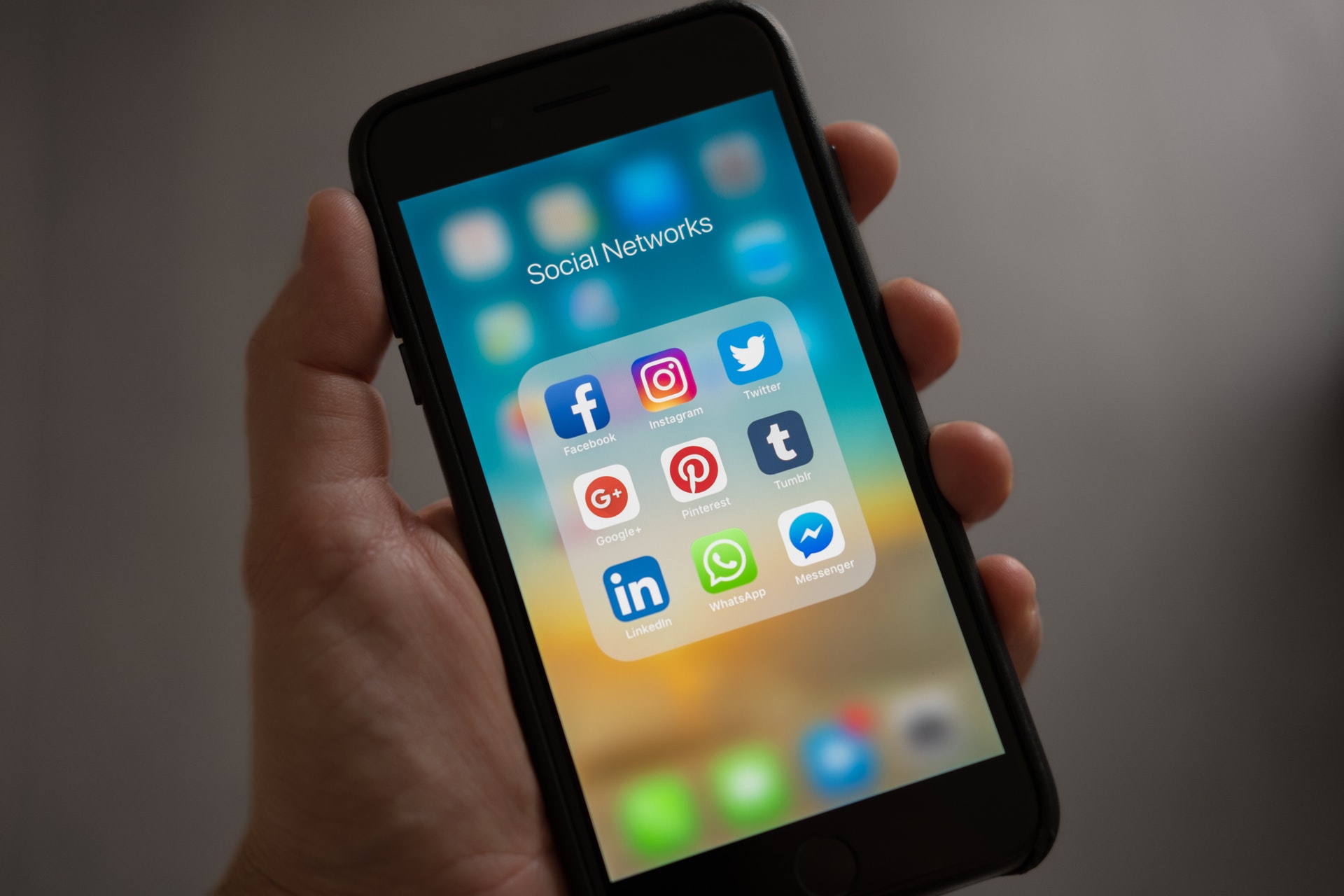Conferences are changing.
I mean, you still have hundreds of people filing into conference spaces, snacking on free Timbits and catered coffee over awards speeches and keynotes, but something’s different. Conferences are going digital.
Not entirely, mind you – conferences are actually a vestige of traditional marketing, and will likely be a mainstay of corporate and association fundraising and community-building for a long time.
But digital communication can augment and streamline both the preparation and execution of a great conference. Many organizations are already incorporating dedicated hashtags and other social media strategies into their conferences. But it’s one thing to do digital, and another to do digital well.
Here’s our complete guide to running a great conference, on and offline.
A quick summary:
- Mindset
- Planning and prep
- During the conference
- Evaluation and follow-up
Mindset
Move away from replacement thinking
Social media and digital marketing strategies aren’t – and shouldn’t be – the only tool in your conference publicity arsenal. On the flip side, they’re also not something to throw together at the last minute to hoist onto your audience. Digital strategies need time to grow and for audience acceptance, and so traditional marketing needs to complement your digital strat, and vice versa.
Get down to the “why”
Why do you want to integrate digital marketing into your conference? What purpose will it serve – and how will it make the experience better for your attendees? These are important questions to ask because it’ll offer insight into your goals.
If your goal is to bring more people onto your social media profiles, then your strategy should partially revolve around those platforms. If it’s to encourage onboarding of a new site or registration process, your strategy will change to meet those goals. Ultimately, the “why” leads to the “how’ – as in how are you going to use digital marketing to reach your goals?
Value proposition
Once you have your goals written down, you need to flip the equation: what will attendees get out of this conference? You need to know your target audience at this point, and figure out what their challenges and goals are. Then figure out how you can position your conference (and your marketing materials) so that it aids your audience.
Planning and Prep
The physical plan
The last two weeks before a conference should be reserved for crisis management. Everything that can be done before then should already be done – and it’s not the time to start thinking about social. The first step of a well-integrated strategy is to start months before the expected date, and to create a thorough plan.
When designing your plan, put it online. Tools like Google Docs can help you and your team collaborate in real time, removing a massive burden of communication on your team lead.
Date(s)
Choose three possible dates, and then compare availability and prices. You can include different days of the week (step out of the F-S-S mindset and think, why not Monday?)
Time frame
Times will be adjusted and readjusted throughout your plan, but getting your timing down will help manage budget and other events.
Numbers
How many people attended last year (if this is a consecutive year)? How many do you expect to attend this year? Who’s being invited – and how can you get a more accurate picture of your audience and its size? Put this in a spreadsheet, as it’ll directly affect your budget.
Define the format
How many separate rooms will you need? Do you need a separate exhibition space? If your numbers shifted drastically, how would that affect your space needs? What will the event actually look like, on the days of? The format matters, and it’ll help you figure out everything else.
Budget and cost
Put together a thorough, but flexible, analysis of your anticipated costs and budget for the event. It’ll help you determine whether you’ll need sponsors, how many, and how much you might charge on entrance.
The marketing plan
Ah, here it is. Detailed conference plans aside, your marketing budget will depend on your budget and expected audience size, so try to get those on paper first. You should also have your goals and value proposition together, too, and your marketing plan should be built on that solid foundation.
First: what’s the best way to reach your revenue-generators? Emails, newsletters, flyers, personal phone calls, social media? Make a list of potential sponsors and assign someone to designing your approach & convince strategy. Remember that targeted marketing costs money, which will eat into your revenue, but will also add to your revenue.
Second: what’s the best way to reach your attendees? If this is a separate group from your primary revenue-generators (likely sponsors), then figure out the best way to get the word out.
But also: once you’ve reached out to them, how do they get back to you?
Landing page
Create a dedicated landing page on your website (and make sure it’s mobile-friendly). If a potential sponsor stumbles upon your page and wants to contact you, make it easy for them! Online registration is a must. This should also be the hub for your attendees to get information on times, dates, etc. You don’t have to outline all of that in advance – a TBD will suffice.
CRM
Use a CRM software to organize contacts and find buying patterns. Use information supplied by ticket purchasers to add them to your database. This makes it easier to move them through a later buy funnel or contact them in the future. Also makes sending a follow-up survey and gathering that data much easier.
Social media
You may want to set up dedicated social media accounts for your conference. Then again, you may just want to piggyback on an existing following if you already have a popular Facebook or Twitter page. Whatever you decide, start posting planning details, throwbacks from last year’s event, and all updates (including and especially schedule or venue changes!) as they come.
Email blasts and newsletters
Create a schedule for your email and paper newsletters. A good number is three to five – one announcement, two reminders, one last-minute, and a follow-up (give or take). These newsletters will ensure your potential attendees have plenty of time to get their tickets, and will keep your event top-of-mind. Include links to your conference landing page and direct all traffic to sign up online.
Hashtags
You should decide on your conference hashtag as early on as possible and use it wherever possible. Include it in all digital communication and let potential attendees know that they can always contact you at your social media or through the hashtag. Monitor the hashtag to make sure it’s not used for something else already – and see what people are saying about your event online.
Onboarding
Use your social media accounts to get sponsors and attendees talking about the conference online. Encourage using the hashtags wherever possible. You can set up contests or giveaways to promote online participation and drum up excitement for your event. Remember your goal: and use your online tools to help you meet it.
During the conference
More onboarding
Prepare yourself: lots of people probably won’t be using your conference hashtag, especially if it hasn’t been well-publicized. Try putting up social media banners that encourage attendees to join the conversation online, and include all the information including contests, hashtags, maybe even scannable codes to get them there.
Online contests
Using your online avenues, you can design contests or competitions that encourage attendees to use social. Whether it’s pitting team against team, or a winner-takes-all contest, adding a monetary reward for online participation incentivizes the use of the accounts you’ve put so much thought into.
Social corner
Have a dedicated room or quiet corner specifically designed as a social media hub. Staff it if you can, and make it a place where attendees can find more information on your social and online presence. Make it look great for photos and you can have an impromptu photo booth (free social content, too!). Everybody loves a photo booth. You can also use the space to live stream interviews with conference-goers or speakers, offer information on sessions, or hand out printed promotional materials.
Live tweeting
Maybe this doesn’t have to be said – but live tweet everything noteworthy of the conference so people can follow in real time. From great speech lines to award winners to thank-yous for sponsors, live tweeting has a host of benefits that are cheap, easy, and effective.
Live streaming
The social media capabilities for live video streaming have only recently been added to platforms like Facebook and Instagram, but that doesn’t mean you shouldn’t be using them! Live stream registration, speeches, interviews, and even banquets or luncheons. The reward is twofold: people who didn’t make it may experience a healthy amount of FOMO, while participants will go through them looking for themselves or things they had missed. Live videos can be saved and reposted over the next year, because content is a gift that keeps on giving.
Evaluation and follow-up
Follow-up newsletter and survey
Send an email blast thanking attendees, listing award winners, and linking to a survey of their experience. Maybe offer something for completion of the survey (that’s up to you). Survey details should include overall experience, their thoughts on the venues, speakers, and general conference organization. Can also include thoughts on the digital integration. Use these results to held build a better conference next year!
Hammer your takeaways
Look back to your planning notes – what should your audience have gotten from your conference? What information should they be holding onto long-term? Follow up with key event “takeaways” in an email newsletter, blog post, or on your conference landing page. This helps your audience remember some of the most important details of the event while also reminding them to use their newfound knowledge in their daily lives. Which keeps your brand top-of-mind for time to come.
Use and reuse your content
Did you broadcast keynote speeches live? Edit it and re-post it to your social media channels. Did you do any live video interviews? Condense them to include only the most relevant information and share it as a #throwbackthursday. Your conference content is fair game to use year-round, as long as it’s helpful and high-quality.
Make notes for next year
Finally, make detailed notes soon after the conference to your future self (or somebody else’s future self) on what went well, what not-so-well, and tips for next time. While it feels like you’ll remember some of the more painful details forever, I promise these notes will be invaluable as memories fade. Don’t start from scratch when you’ve done it before!




